"Tempest Rising: A Nostalgic '90s RTS Experience"
From the moment I launched the Tempest Rising demo, a wave of nostalgia washed over me. The opening cinematic, complete with its delightfully cheesy dialogue from armored soldiers and a reedy scientist, set the perfect tone. The game's music, UI design, and units transported me back to my high school days, staying up late with friends, fueled by Mountain Dew and taco-flavored Pringles, immersed in Command & Conquer. Experiencing that same excitement in a modern game is thrilling, and I'm eager to see what Slipgate Ironworks has planned for the full release and beyond. Whether diving into Skirmish mode against clever AI bots or engaging in Ranked Multiplayer, playing Tempest Rising feels as comforting as slipping into a well-worn baseball glove.
This feeling of nostalgia is no coincidence. The developers at Slipgate Ironworks deliberately set out to craft a real-time strategy (RTS) game that captures the essence of the classics from the 90s and 2000s, enhanced with modern quality-of-life improvements. Set in an alternate 1997, Tempest Rising unfolds in a world where the Cuban Missile Crisis escalated into World War 3. Amidst the nuclear aftermath, mysterious flowering vines emerged, brimming with electrical energy, heralding a new era of power for those brave enough to harvest them.
Tempest Rising Screenshots

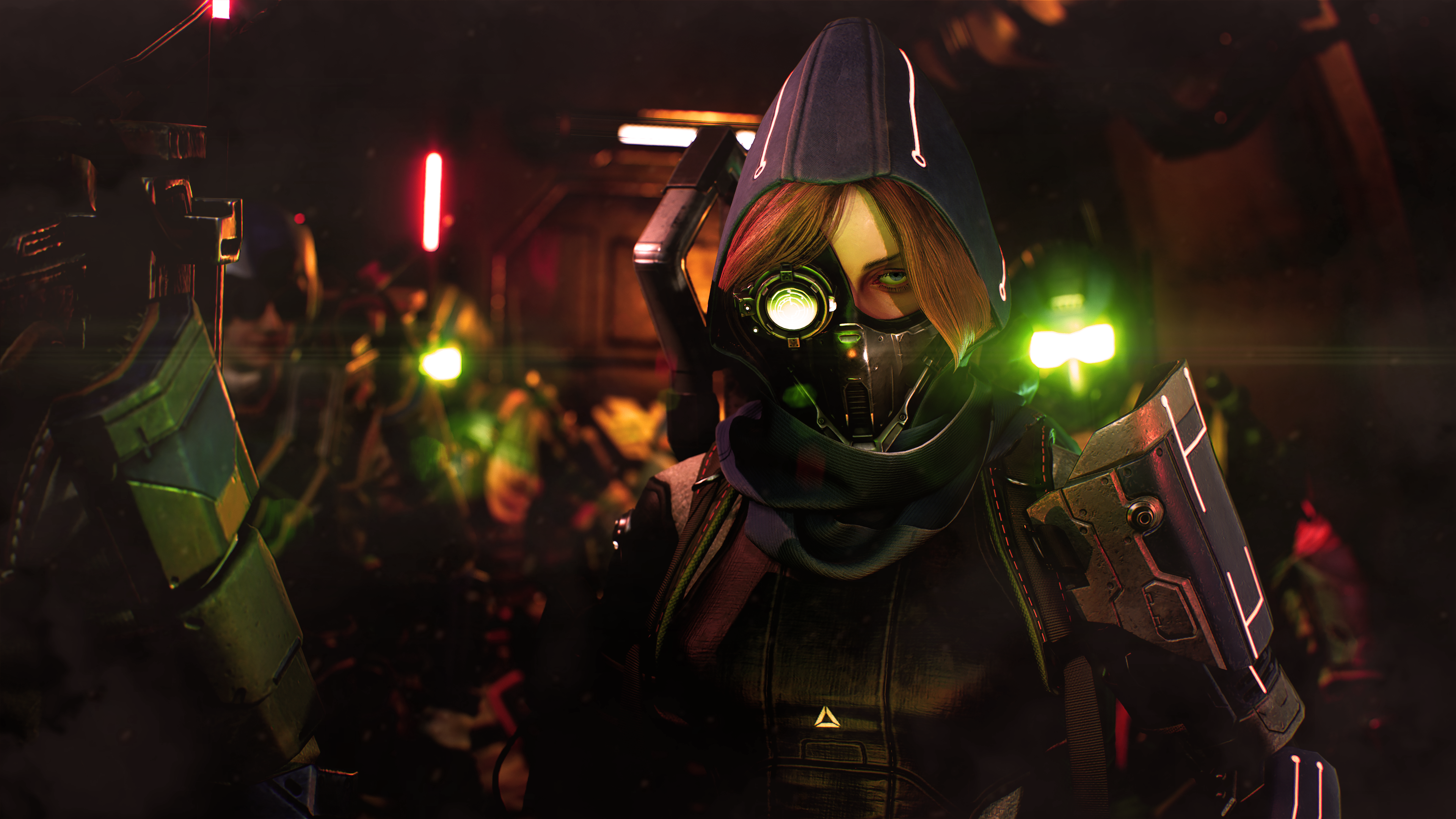 8 Images
8 Images
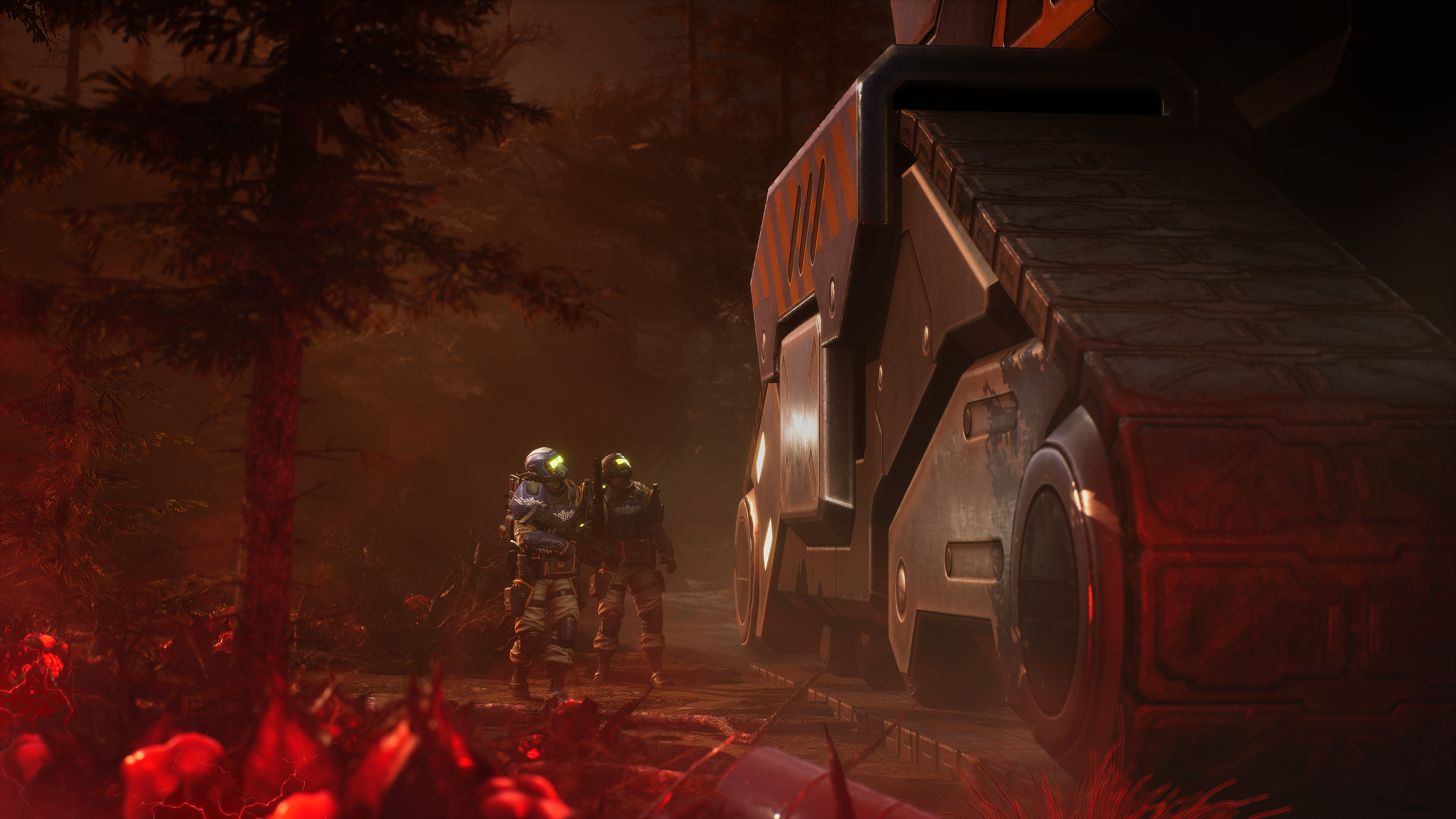
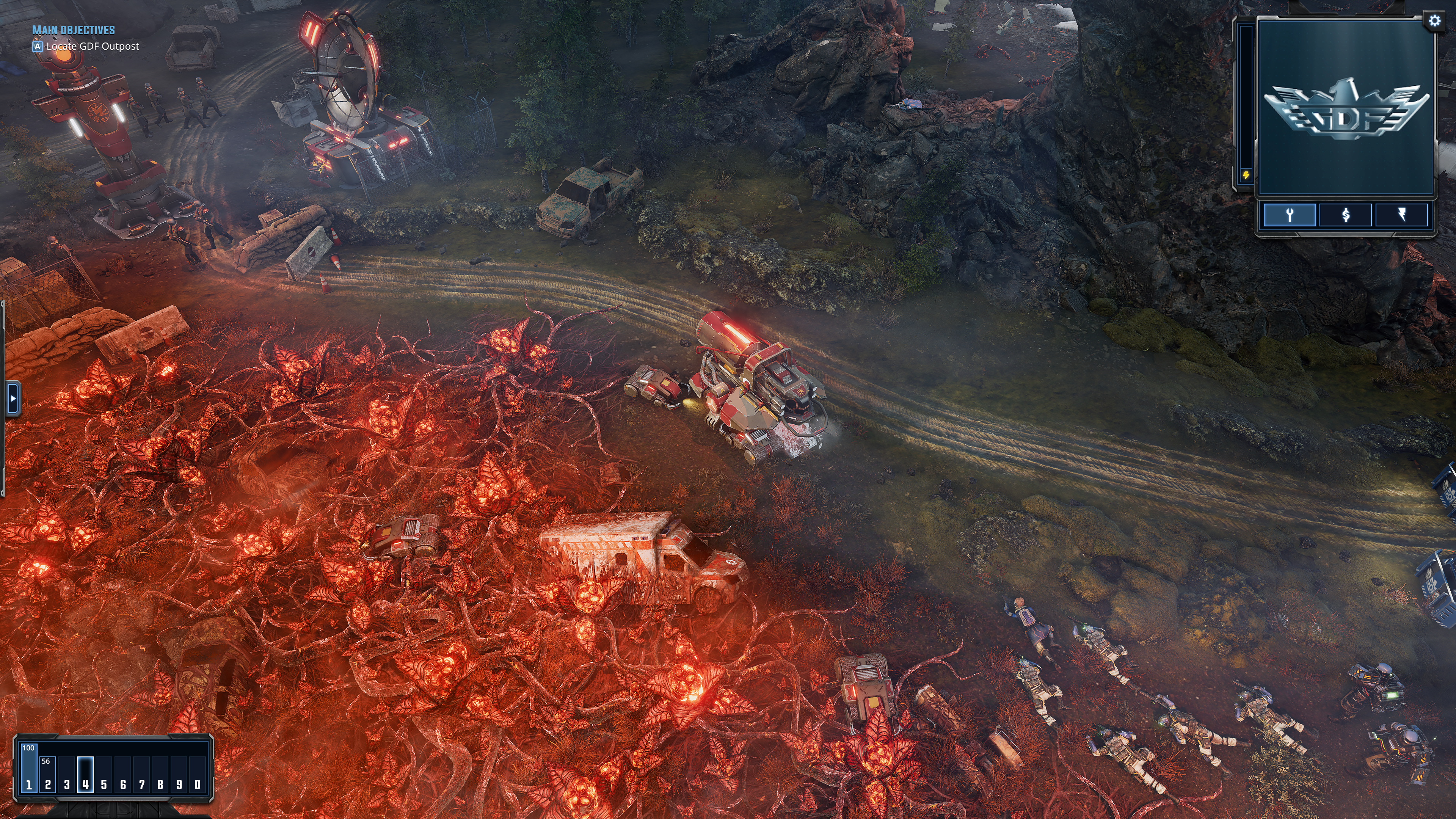

Since the demo I played focused solely on multiplayer, I'm eagerly awaiting the story mode, which promises two replayable 11-mission campaigns, one for each of the main factions showcased in the preview. The Tempest Dynasty (TD), an alliance of Eastern European and Asian countries hardest hit by WW3, and the Global Defense Forces (GDF), comprised of the United States, Canada, and Western Europe, represent these factions. A third faction remains under wraps for now, not available in the preview build, the Steam RTS Fest demo, or at launch.
The Tempest Dynasty immediately caught my attention, not just for its quirky 'death ball' vehicle, the Tempest Sphere, which amusingly crushes enemy infantry into oblivion, but also for its strategic 'plans' system. These plans allow for faction-wide bonuses, activated from the Construction Yard, with a 30-second cooldown between switches. A little extra power generation is all that's needed to leverage these strategic advantages.
The Logistics Plan accelerates structure building and resource harvesting, including quicker movement for mobile resource harvesters. The Martial Plan enhances unit attack speed, offers resistance to rockets and explosives, and allows Machinist units to sacrifice health for a 50% attack speed boost. Meanwhile, the Security Plan reduces the cost of unit and building creation, improves the Repair function, and extends Radar vision. I found a satisfying rhythm by alternating between resource gathering with the Logistics Plan, rapid building under the Security Plan, and offensive maneuvers with the enhanced combat capabilities of the Martial Plan.
The Dynasty's flexibility extends beyond its plans. Instead of building a Refinery like the GDF, the Tempest Dynasty deploys Tempest Rigs—vehicles that harvest resources from distant fields until depletion, then move on. This mechanic made my favorite 'fast expand' strategy in RTS games more accessible than ever, as the distance from my base didn't matter. Sending Tempest Rigs to remote locations allowed them to harvest resources peacefully, out of my opponents' sight.
Another fun unit, the Salvage Van, not only repairs nearby vehicles but can switch to Salvage Mode, destroying vehicles regardless of ownership and reclaiming resources. Sneaking up on unsuspecting opponents and using the Salvage Van to deplete their forces while boosting my own resources was a delightfully devious tactic.
The Dynasty's power plants can also switch to 'Distribution Mode,' speeding up the construction and attack speed of nearby buildings (some of which have cannons, which is fantastic), though at the cost of taking damage. Thankfully, the mode automatically deactivates at critical health levels, preventing self-destruction.
While my heart lies with the Tempest Dynasty, the GDF also has its charms, focusing on enhancing allies, weakening enemies, and controlling the battlefield. My favorite GDF synergy involves the Marking mechanic, where certain units can mark enemies, who then drop Intel upon defeat. This Intel is crucial for advanced units and structures, and with the right Doctrine upgrades, marked enemies suffer various debuffs, enhancing the effectiveness of GDF forces.
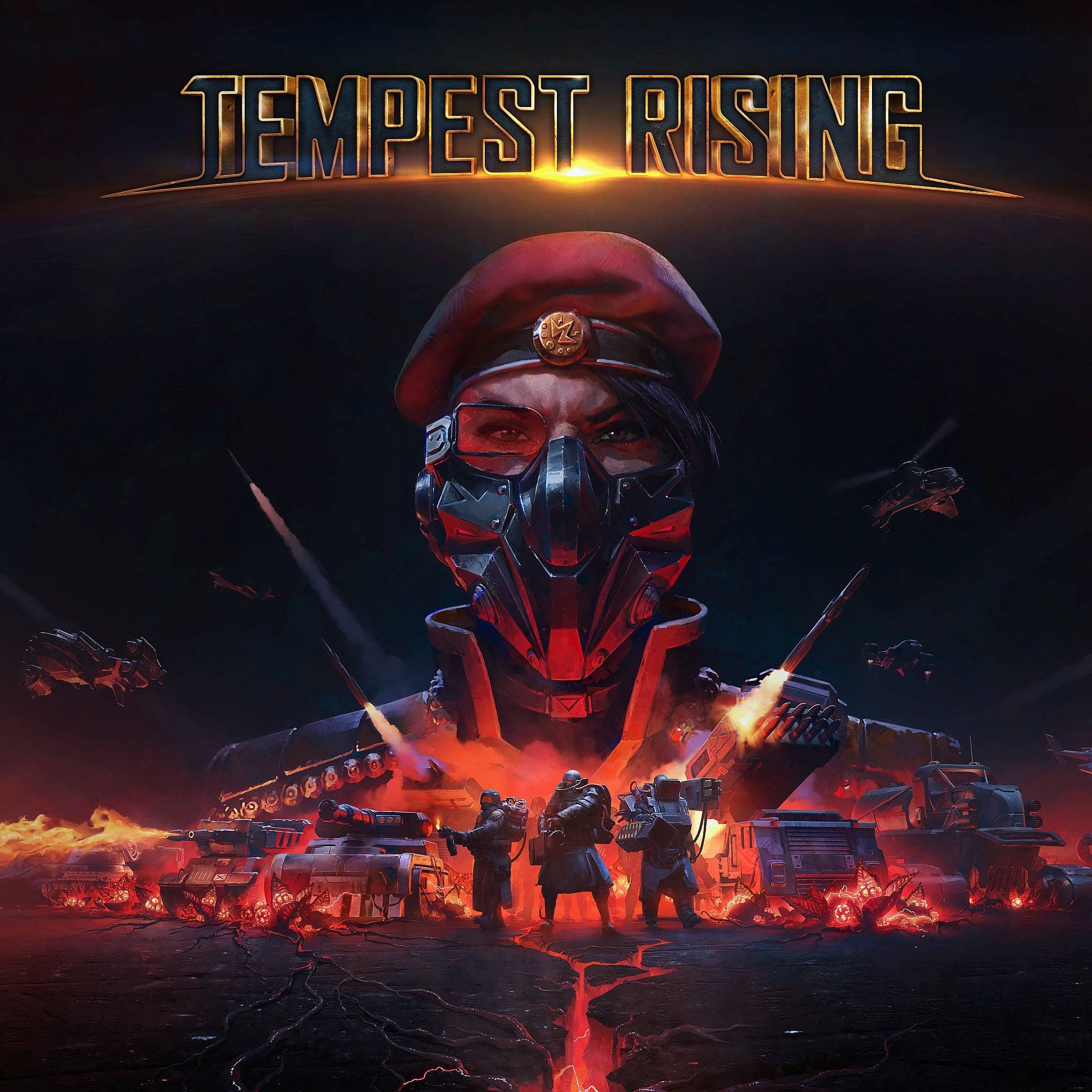 Tempest Rising3D Realms Wishlist
Tempest Rising3D Realms Wishlist
Each faction offers three tech trees for strategic customization. For instance, the GDF's 'Marking & Intel' tree and the Dynasty's 'Plans' enhancement tree offer unique gameplay experiences. Additionally, advanced buildings unlock powerful cooldown abilities that can turn the tide of battle, adding depth to each faction's strategy. While both factions can unleash area damage or summon additional troops, the GDF's unique abilities include deploying spy drones, creating remote building beacons, and temporarily disabling enemy vehicles.
Given the Dynasty's limited number of buildings, each upgradable to advanced versions, losing one to an enemy Engineer can be costly. The Lockdown ability counters this by preventing takeovers, albeit at the cost of the building's action. The Field Infirmary ability, allowing me to deploy a healing area anywhere on the map, complements the Dynasty's focus on both infantry and mechanized units.
There's much more to explore, and I'm excited to dive in further, especially with the launch version offering Custom Lobbies to play with friends against the clever AI bots, which demonstrated impressive hit-and-run and harrying tactics in Skirmishes. For now, I'll continue battling solo, crushing my bot opponents with swarms of death balls.
-
Former Mass Effect Developers Share Vision for Nightingale ImprovementsNightingale, the innovative open-world survival crafting game developed by Inflexion Games (led by former BioWare executive Aaryn Flynn), is gearing up for significant gameplay enAuthor : Connor Nov 13,2025
-
Parallel Dimensions Collide Supercell maintains a reputation for ruthlessly canceling underperforming soft-launch titles - remember Everdale and Flood Rush among others?However, following Squad Busters' initially lukewarm (though since improved) receAuthor : Finn Nov 12,2025
-
 Thot on TrialDownload
Thot on TrialDownload -
 Tabula -Tabu Kelime Oyunu 2024Download
Tabula -Tabu Kelime Oyunu 2024Download -
 โดมิโน่สยาม - Domino SiamDownload
โดมิโน่สยาม - Domino SiamDownload -
 Lucky SurpriseDownload
Lucky SurpriseDownload -
 Aftermagic - Roguelike RPGDownload
Aftermagic - Roguelike RPGDownload -
 Fruit Memory by Beat the OddsDownload
Fruit Memory by Beat the OddsDownload -
 Fruit ShowDownload
Fruit ShowDownload -
 Legendary Matagi ~ Proof of InheritanceDownload
Legendary Matagi ~ Proof of InheritanceDownload -
 Hyper PADownload
Hyper PADownload -
 5000 words. LineDownload
5000 words. LineDownload
- Black Ops 6 Zombies: How To Configure The Summoning Circle Rings on Citadelle Des Morts
- Harvest Moon: Lost Valley DLC and Preorder Details Revealed
- Roblox: Latest DOORS Codes Released!
- Silent Hill 2 Remake Coming to Xbox and Switch in 2025
- Roblox: Blox Fruits Codes (January 2025)
- Roblox: Freeze for UGC Codes (January 2025)

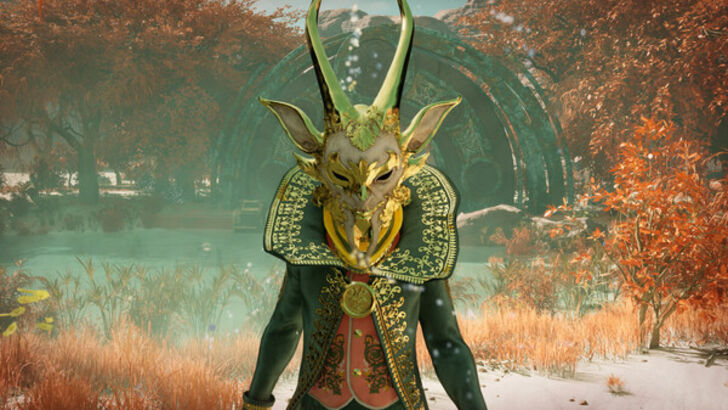






![Taffy Tales [v1.07.3a]](https://imgs.ehr99.com/uploads/32/1719554710667e529623764.jpg)




